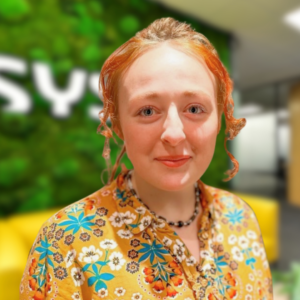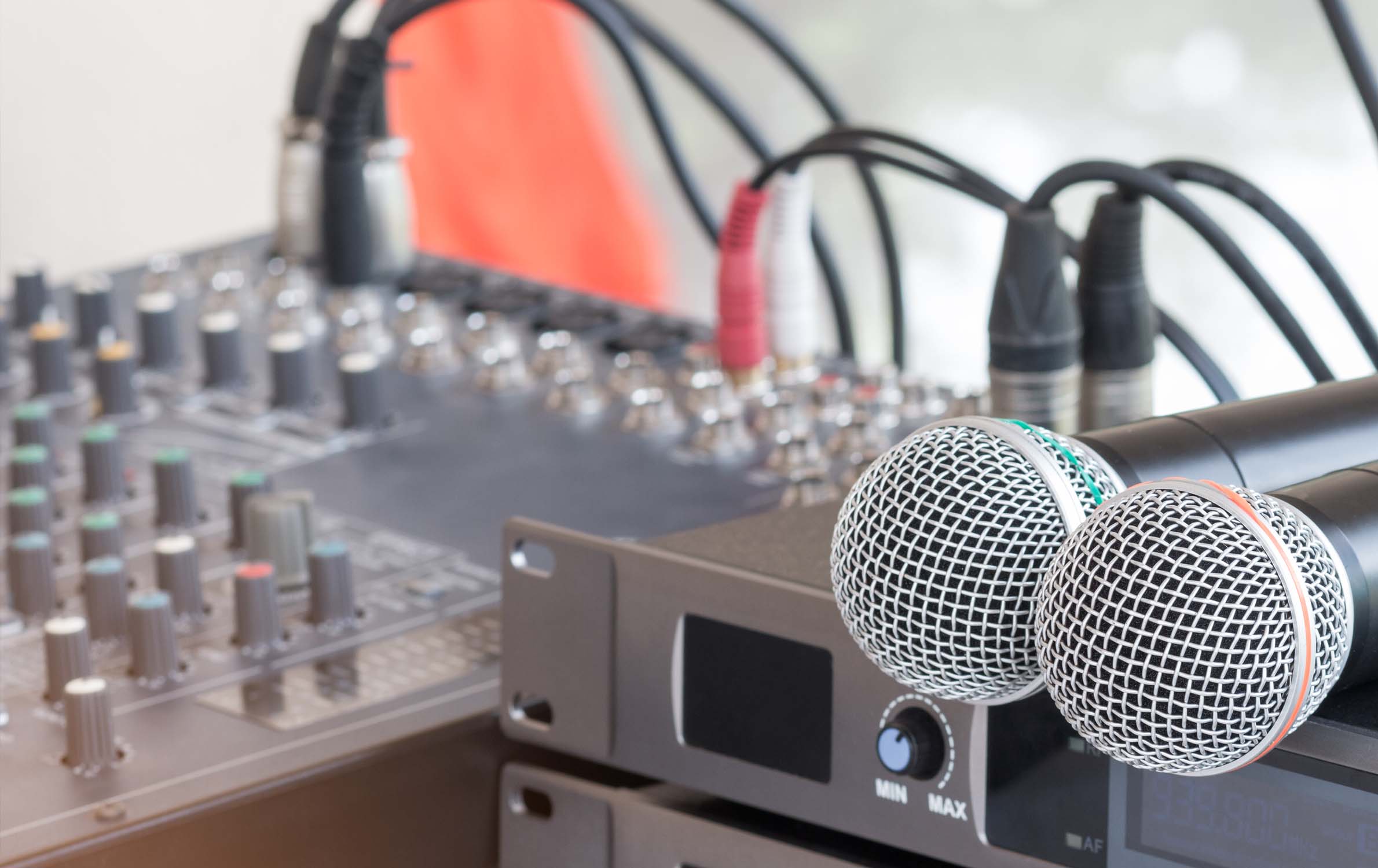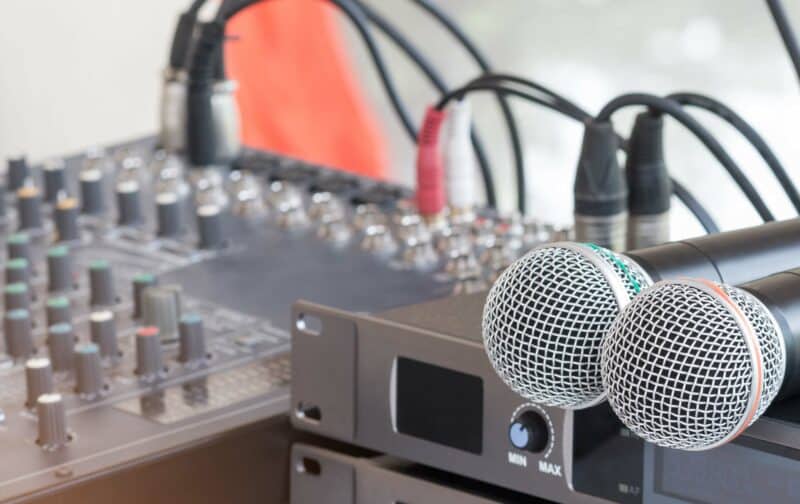
Role: Graduate Engineer (Bridges)
Career Area: Engineering Design
Current Study Level: SYSTRA’s Graduate Development Programme
Location: York
My role at SYSTRA
At SYSTRA my main role is as a design engineer within the Bridges team. This involves designing small components of bridges such as ballast retention boards to prevent rocks falling from the railway, or aesthetic arches beneath the deck to mimic the shape of listed structures being replaced. The design process involves load calculations, drawings, hazard identification and interdisciplinary checks.
The objective of the design process is to design a structure, or element of structure, that works harmoniously with the other elements, and to create a set of documents to give to the construction team that thoroughly details the design so they can construct it without issue.
Another large part of my role at SYSTRA is working with the Bridge Assessment team. This role involves traveling around in a van and surveying bridges for structural defects. Any defects found are documented and photographed. Upon return to the office, assessment calculations are carried out to ensure the bridges are still structurally sound. For significant defects in bridges, repairs are detailed and sent to the relevant parties so that the bridges can be repaired and remain in service.
My graduate programme decision
I came to work at SYSTRA after asking around at my previous place of employment for anyone who knew any engineers. I knew I wanted to become an engineer, and having a physics degree rather than a civil engineering degree was making that challenging. I didn’t really know how to change from physics to engineering, so I began studying for a masters (MSc Engineering) with the Open University.
As luck would have it, one of my colleagues knew an engineer and happily passed my CV and covering letter across to them. I was just looking for experience, and I was planning on using one of my free days a week to shadow and learn. I was invited to the SYSTRA office in York for an afternoon to see what sort of thing happens in an engineering office. Whilst being shown around it was mentioned that they had a graduate position open and they invited me for an interview. I didn’t hold out much hope as I had no formal engineering training, but they seemed to like and believe in me enough to give me the job! So, I chose SYSTRA because they chose me too.
We asked Hermione…
How have your technical skills developed throughout SYSTRA’s graduate programme?
In my nearly two years at SYSTRA on the Graduate Development Programme, my skills have developed tenfold. When I started at SYSTRA I had the mechanical knowledge and transferable mathematical and language skills, but I had no idea how to design something from start to finish. There is a lot of process to follow and many tasks to complete within each design. My first design took nearly half a year, my second design took less time. Fast forward to now and a design of similar magnitude will take me maybe a month because I know the process, I am confident in what I’m doing, and I don’t need to ask for help every day.
Everything I have done to date with SYSTRA I have had to learn on the job and in my own time, and in just a year I went from clueless to a competent Graduate Engineer!
How have you grown personally since embarking on a graduate programme?
I have definitely grown personally during my time as a graduate at SYSTRA. I have learned how to act more professionally and like a grown-up rather than a student. The LinkedIn Learning pathway on the Graduate Development Programme covers many professional skills and also life skills that helped develop my professional and personal image.
What advice would you offer to someone who’s unsure if a graduate programme is right for them?
The Graduate Development Programme is hard work, a lot of time is spent feeling like you’re waiting for answers to questions, and that does take its toll on a young mind. Having the confidence to ask basic questions, at the risk of looking like you don’t know what you’re doing, is an essential skill which does get easier. One of the main things to remember is that as a graduate you are not expected to be working at the level of a chartered engineer!
How does SYSTRA stand out as a great place to work?
For me, my colleagues in the Bridges team especially are what make SYSTRA a really great place to work. Everyone is extremely helpful. They always take time out of their busy schedules to thoroughly explain the answers to my questions and help me learn how to find answers and helpful resources myself. There are also great employee rewards that offer exciting benefits like bonuses and pay reviews, the cycle to work and electric vehicle schemes, and also healthcare.
What’s your favourite thing about your job right now?
My favourite thing is going out on site in all my orange high-vis gear and getting up close to bridges! I find this to be a really useful way of learning about them. Helping with bridge assessments teaches where bridges often faulter, so the designs I make can try and negate these issues.
Diversity is powerful. What unique perspective do you offer as a graduate at SYSTRA?
As a physics graduate rather than an engineering graduate, I present a very different methodology in my problem-solving. I often opt for hand calculations rather than measuring from drawings. I am better versed with complex mathematics and puzzle solving and am able to help and teach other team members who are less familiar with the topics. In return, they teach me the more computer-based engineering software way of working.
What would an entirely green future look like? How should our industry contribute?
An entirely green future would involve the engineering industry using only sustainable materials and practices, opting for recycled and recyclable materials over single-use ones. Investing in planet positive projects and prioritising environmental impact over all other factors in designs is also crucial. The impact of the engineering industry on the environment should provide positive effects in the future, rather than negative ones.
You can spend your lunchbreak with anyone you admire – who would you choose?
I would spend lunch with Sarah Guppy, an engineer/inventor from the late 1700s. She was the first women to patent a chain bridge design, giving her ideas for free use on the Clifton suspension bridge. She also revolutionised work on the Great Western Railway with her ideas for constructing bridges without using arches. She developed and patented other items including many domestic and marine products, and she was also an incredible force in the fight for female education in the 1800s. I find her incredibly inspiring and it’s a terrible shame her contributions to engineering and society have been mostly overlooked.
What is your next big career goal?
My next big career goal is to start working towards becoming a chartered engineer and gain enough experience in my bridges role and other disciplines to progress past graduate and become a fully-fledged engineer. After that I will be looking at becoming a senior engineer, and so on, until I know everything there is to know about bridges and can become a technical expert!
What excites you about your career future?
Getting to design more complex components each time I get some new design work is very exciting to me. I love the constant challenge and look forward to designing whole bridges rather than components of bridges. Eventually I would like to design large and exciting bridges in exciting places. Bridges that are not only functional, but also look aesthetically pleasing!


 Australia
Australia  Brazil
Brazil  Canada
Canada  Chile
Chile  China
China  Columbia
Columbia  Denmark
Denmark  Egypt
Egypt  France
France  India
India  Indonesia
Indonesia  Ireland
Ireland  Italy
Italy  Malaysia
Malaysia  New Zealand
New Zealand  Norway
Norway  Panama
Panama  Peru
Peru  Poland
Poland  Portugal
Portugal  Saudi Arabia
Saudi Arabia  Singapore
Singapore  South Korea
South Korea  Spain
Spain  Sweden
Sweden  Taiwan
Taiwan  Thailand
Thailand  Türkiye
Türkiye  United States
United States  Vietnam
Vietnam